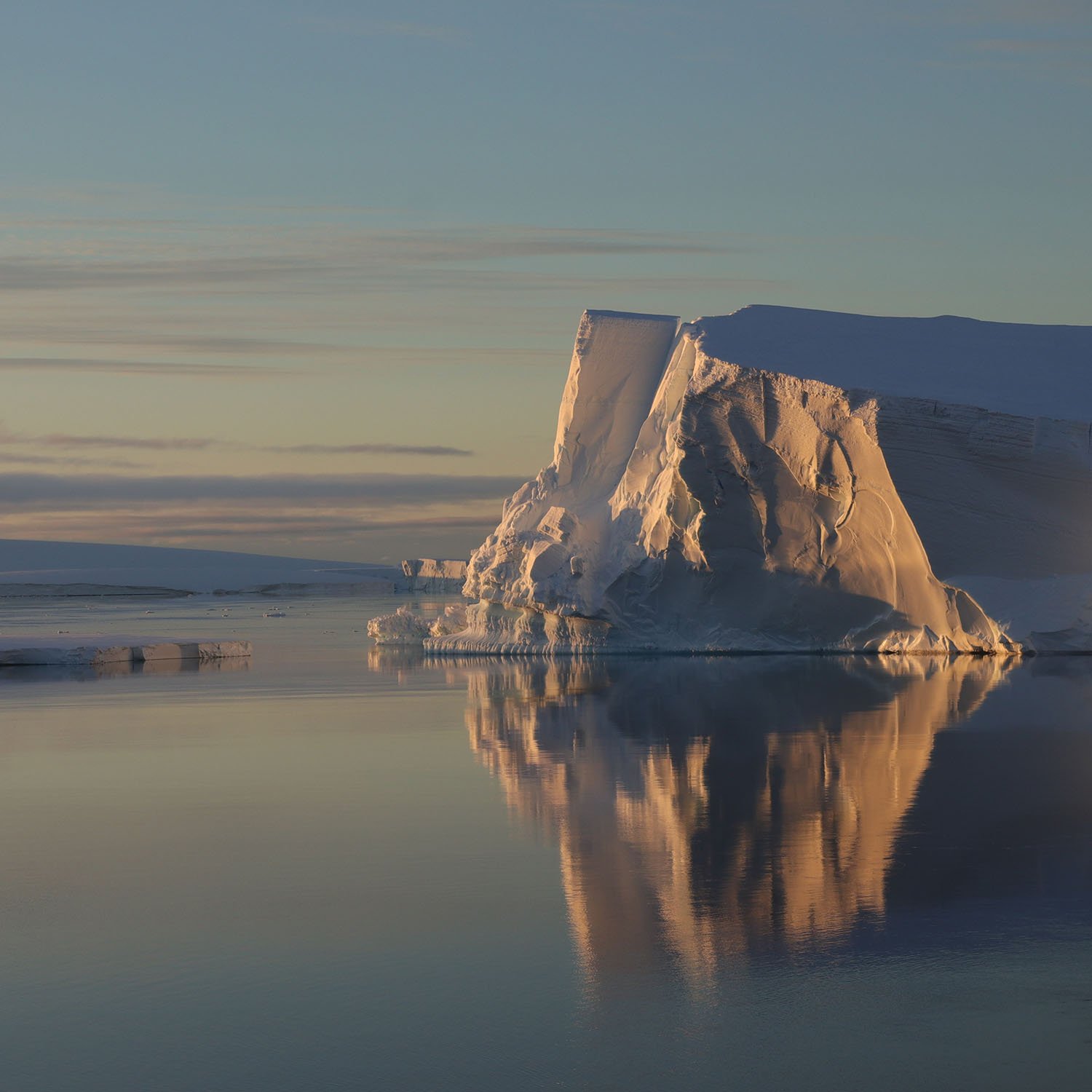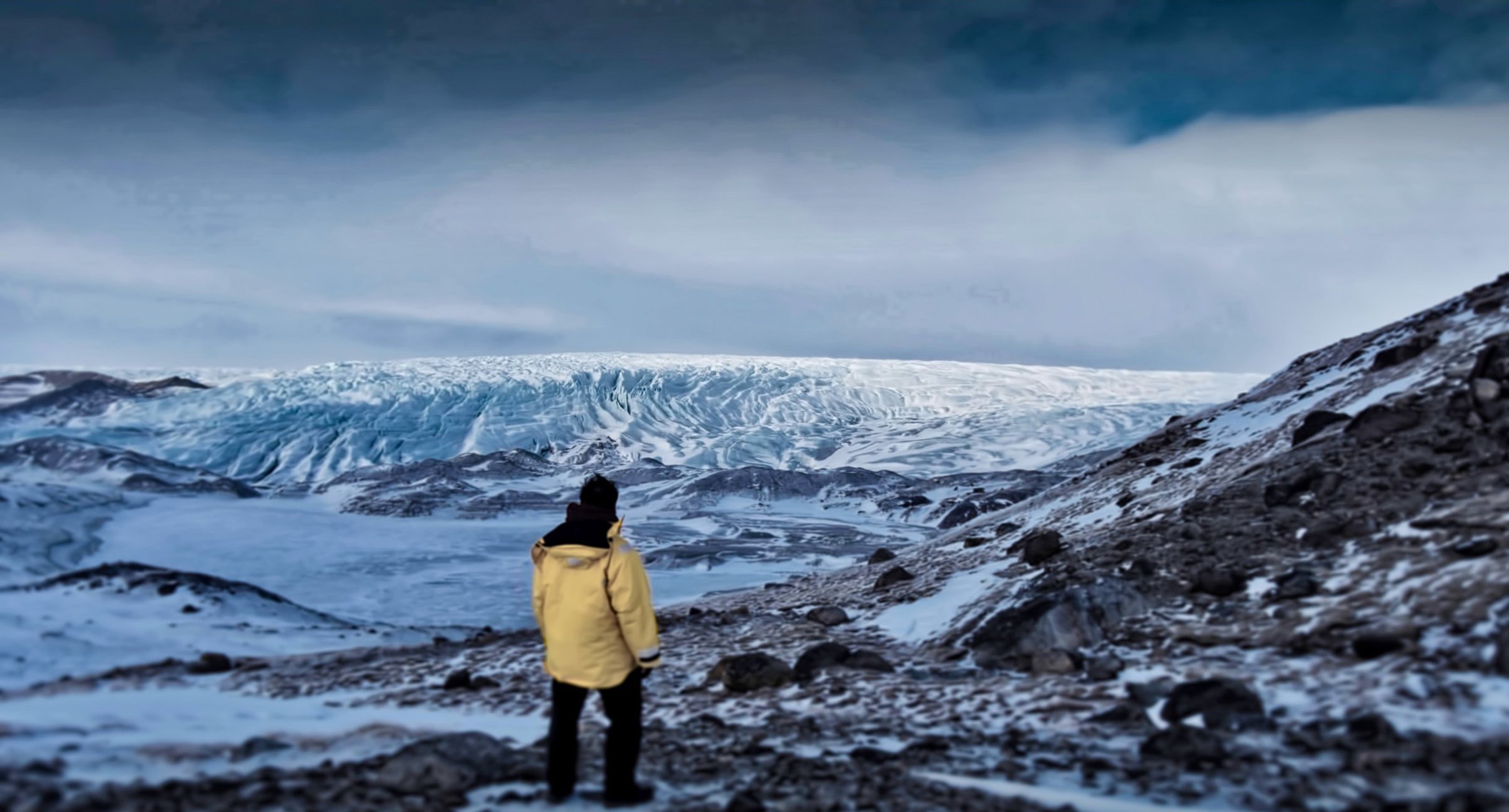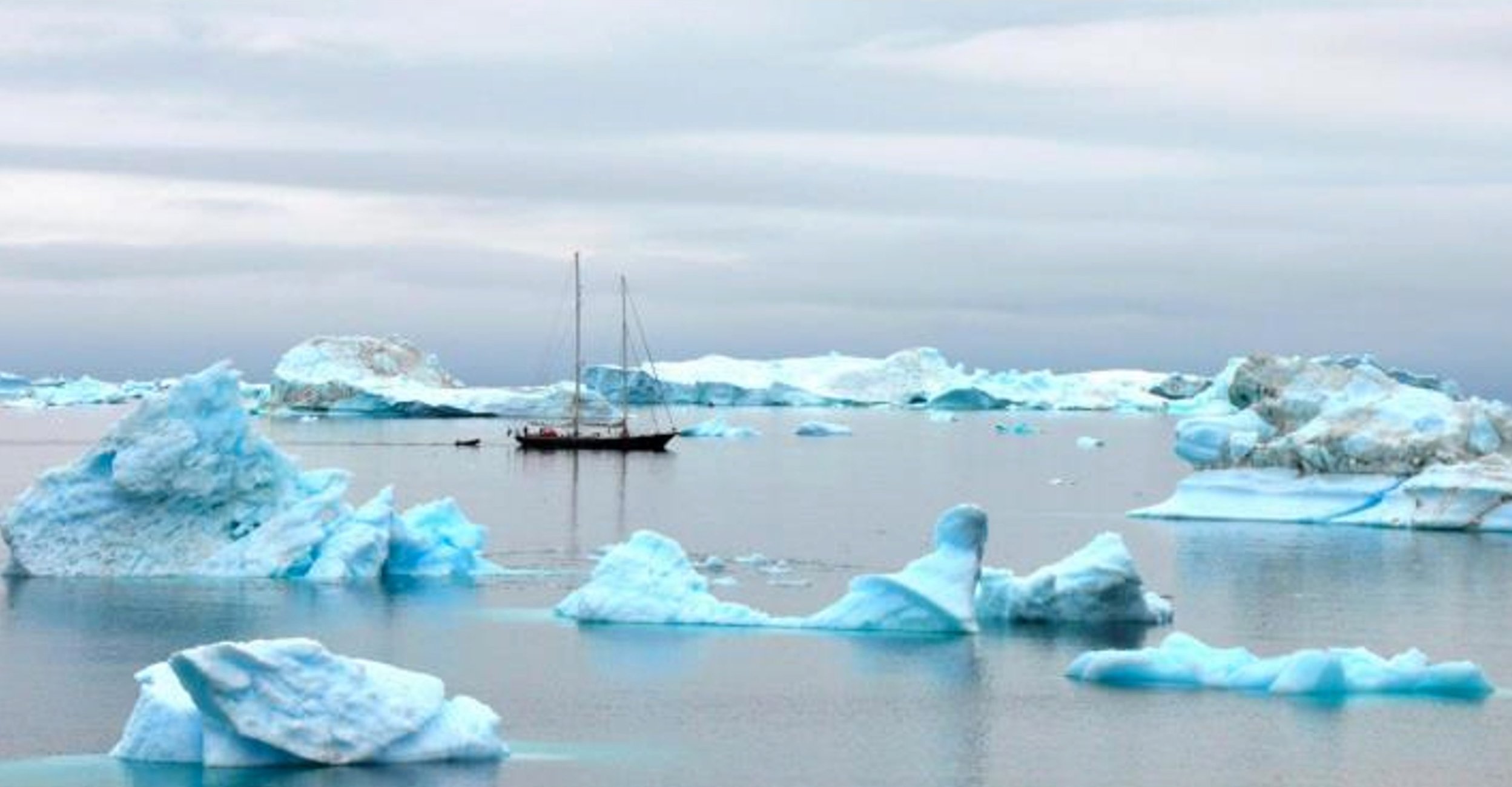Project goal
PCAPS aims at improving the actionability, impact, and fidelity of environmental forecasting for human and environmental well-being in the Arctic and Antarctic regions.
PCAPS has an overarching project goal, as well as five main objectives.
Annual SG meetings
The PCAPS Steering Group (SG) meets annually, to discuss and plan the work and progress of PCAPS.
The SG meetings are hosted in different countries each year, allowing stakeholders from around the world to participate in-person as well as online.
The 2024 SG meeting was held in Hobart, Australia.
The 2025 SG meeting is scheduled to be held in Cambridge, UK.
Open sessions with stakeholders
Due to the transdisciplinary and complex nature of the issues that PCAPS aims to address, it is paramount to facilitate and integrate stakeholder and user expertise, experiences, and input into PCAPS’ work.
Regular workshops and feedback sessions will be held – both online and in-person – with stakeholders and partners globally. Most notably, PCAPS will host open local stakeholders sessions at different locations each year, in conjunction with the annual SG meeting.
Stakeholders and partners are also invited to be directly involved in the work of PCAPS task teams, to the extent they wish to be involved.
PCAPS webinars
PPCAPS will host a recurring webinar series on various topics related to PCAPS' activities and interests. Follow along on our Coming Up page for more details.
Task Teams
-

Verification Task Team
The main objective of the task team is advance operational verification practices, in contribution to PCAPS PREDICT objective.
The team's scope includes:
- Conduct regular discussions on recent weather verification results from operational forecasting centres over the Antarctic and Arctic regions (including the contribution from the WMO lead centre for deterministic verification).
- Exchange on a regular basis sea-ice verification results, with the aim of establishing a WIPPS protocol for a sea-ice verification score exchange (including finding baseline verification-reference products, with their associated uncertainties).
- Help advancing the development of diagnostics and verification methods for capturing the added value of coupling and increased resolution, and in representing extremes and complex features in polar environments.
- Co-developed user-focused verification of key variables (e.g. precipitation, clouds, visibility, wind).
The task team consists of up to 30 members with three co-leads.
-

Distributed observational networks to advance coupled forecasting systems
The task team aims to enhance the planning, deployment, coordination, and use of distributed observational networks to advance our understanding and predictive capabilities of coupled atmosphere-ice-ocean-wave forecast models in the polar regions.
The task team will focus on:
- Coupled Forecast Model Development: Improving the representation of physical interactions within Arctic coupled systems, including atmosphere, sea ice, ocean, and wave processes.
- Observational Data Utilization: Leveraging in situ and remote sensing data for model validation and improvement.
- Model Intercomparison Studies: Facilitating multi-model assessments to evaluate model performance and identify best practices.
- Machine Learning based forecasting systems: Exploring ML-driven approaches by critically integrating those forecasting systems in the model intercomparison studies.
The task team will consist of up to ten members, including two co-leads.
-

ORCAS Task Team
The main aim of the ORCAS (Observational Requirements in the Context of Ai prediction Systems) task team is to maximise the value of observational campaign data for AI-based polar prediction systems by evaluating their performance and determining optimal observational requirements, in contribution to PCAPS’ objective of strengthening observing systems and output of providing better initialization and validation for forecasts.
The team's scope includes:
- Evaluate AI model performance using historical campaign data (e.g. MOSAiC, ASPeCt)
- Assess specific events and variables during historical observational campaigns
- Develop systematic assessment frameworks to compare AI and traditional prediction systems
- Analyse the physical consistency of AI prediction systems
- Make recommendations for future observational campaigns (e.g. Antarctica InSync, IPY) regarding data collection requirements
- Collaborate with AI modelling groups to test forecasting scenarios
- Engage with key stakeholders (e.g. SOOS, ASPeCt, CliC Arctic Sea-ice Working Group, SIPN)
The task team consists of up to 20 members with two co-leads. The task team co-leads can autonomously amend the membership of the task team as appropriate, informing the PCAPS co-chairs accordingly.
-

Sea Ice Thickness Task Team (SITTT)
The main aim of the task team is to enhance capacity for the assimilation of sea-ice “thickness” observations. Share knowledge on observational challenges including, but not limited to, data availability, observation biases, observation error specification. Understand the implications of control vector specification. Create awareness in the community for the upcoming altimeter missions and solicit contributions, and coordinate the exploitation of existing datasets.
The team's scope includes:
- Data assimilation methodology
- Observations of sea-ice-thickness-related quantities from satellites (altimeters and passive microwave) and in-situ measurements, and
- Synergies with other observation types within data assimilation frameworks.
The task team consists of up to 18 members with two co-leads.
-

Sustainability/Impact Task Team
The task team aims to understand and assess the intended and unintended societal, economic and environmental impacts of enhanced fidelity and actionability of weather or ice forecasts in the Polar Regions, such as changes in human safety and environmental risk.
Tasks:
- Identify institutional and regulatory barriers and drivers (including, the Polar Code, insurance, SDGs), and examine their implications for the development, delivery, and use of enhanced WWIC services in polar regions.
- Explore and support the deployment of innovative approaches for environmentally friendly, sustained, and targeted observations, including technologies and societal processes (i.e., community-based monitoring, citizen science, vessels of opportunity).
- Explore and assess the consequences – intended and unintended – of the provision and use of enhanced environmental services, including growing human activity and impact, as well as their socio-cultural-behavioural underpinnings.
- Develop socioeconomic assessment strategies to evaluate the impact of enhanced environmental forecasts on the safety and sustainability of human activities in the Polar Regions
The task team consists of five members: Machiel Lamers, Berill Blair, Daniela Liggett, Gita Ljubicic and Hanne Nielsen?
-

Services & Actionability Task Team
The main aim of the task team is to enhance environmental forecasting services in contribution to PCAPS’ objectives and engage in activities that contribute to and/or facilitate the following outputs:
- Effectively communicated and usable forecasts for diverse stakeholders
- A sophisticated social and behavioural science research agenda
- Information on weather impacts, use and decision-making contexts
- Guidelines and resources for planning and conducting polar activities
- Regular user evaluation of products/services
- Guidelines for information infrastructure for weather alert and warning systems
- An up-to-date glossary of key terms in relation to environmental services
- An up-to-date database of environmental services for the polar regions
- Training modules/programmes and support
- Peer-reviewed publications
The team's scope includes four key themes:
- User-Provider-Researcher interactions
- Risk, safety and Warning Systems
- Service awareness, understanding and literacy
- Behavioural & cognitive factors in service provision and use
The task team consists of up to ten members with two co-leads.
Endorsed projects
-
NAWDIC
Julian Quinting
NAWDIC (North Atlantic Waveguide, Dry Intrusion, and Downstream Impact Campaign) is an international field campaign focusing on mid-latitude dynamics with the aim to provide required observations for understanding the atmospheric features that affect high impact weather (HIW) downstream in the eastern North Atlantic. It will build directly on insights of the North Atlantic Wave guide and Downstream impact EXperiment and is scheduled to take place in January-February 2026.
-
Project FAST
Emilia Kyung jin
Project FAST (Forecast of Antarctic Sea Ice Trend) aims to establish the Antarctic sea ice observation system by implementing cutting-edge field observation technology through global cooperation, obtain high-quality data required for improving forecasts, and identify the formation, growth, and melting characteristics of Antarctic sea ice, particularly focusing on the rapid melting process in Terra Nova Bay near Jangbogo Station, East Antarctica.
-
T-SCAN
Paola Rodriguez Imazio
The T-SCAN (Turbulence and Supercool Clouds in Antarctica) project aims at identifying supercooled cloud droplets in polar regions. These droplets exert substantial radiative impacts on the surface energy budget, and play an important role in Arctic amplification and solar absorption over the Southern Ocean, in addition to generating in-flight icing, which represents a significant hazard to all forms of aircraft. Essential for both aviation and climate studies.
-
IWOOS
Marius O. Jonassen
The Isfjorden Weather and Ocean Observing System (IWOOS) aims to address critical gaps in atmospheric and oceanographic data in the Isfjorden region in Svalbard, particularly responding to the rapid Atlantification that impacts the area. This phenomenon has significantly reduced sea ice cover and changed marine ecology, which calls for enhanced monitoring and understanding of the changes.
-
SIPN South
François Massonnet
The Sea Ice Prediction Network South (SIPN South) project, addresses the growing challenge of predicting Antarctic sea ice in a context of puzzling changes. Following 35 years of slight sea ice expansion in a warming world, the trend has rapidly reversed, with record low levels of sea ice now being observed across all seasons. This significant shift, which some scientists believe may indicate a regime change in the Southern Ocean, presents a unique opportunity to assess the value of dedicated prediction systems.
-
Coupled Modelling and Observations in MIZ
Malte Müller
Coupled Modelling and Observations in the Marginal Ice Zone. The main goal of the project is to observe and better understand the complex interplay between atmosphere, waves, and sea-ice in the Marginal Ice Zone (MIZ) and to assess the predictive skill and uncertainties of coupled Arctic forecasting systems. A large number of observation points are needed to allow for a representative comparison between in-situ observations and gridded model data.
-
NURTURE
Steven Cavallo
The North American Upstream Feature-Resolving and Tropopause Uncertainty Reconnaissance Experiment (NURTURE) is a planned NASA-supported large-scale aircraft field campaign designed to advance knowledge of the processes that lead to extreme high-impact weather (HIW) events during the winter, such as severe cold air outbreaks, windstorms and hazardous seas, sea ice breakup, and extreme precipitation.
-
ANTSUBICE
Won Sang Lee
The ANTSUBICE (Acoustic Navigation and communications Technologies for Submersible Units Below Ice and Cavity Exploration) project aims to reduce uncertainties in sea level rise projections by developing innovative autonomous under-ice exploration technologies for investigating ice shelf-ocean interactions beneath ice shelves. Through a synergy of global collaboration, the project focuses on pioneering advanced solutions to study the dynamic processes at the ice-ocean interface, a critical yet underexplored area in Polar science.
-
Canada-Sweden Arctic Ocean Expedition 2025
Åsa Lindgren
The Swedish Polar Research Secretariat opens a call for an ECS expedition/Research School on the I/B Oden 8 August through 19 September, 2025. It will take the form of a research school, combining the practical work of a research expedition with exercises and instruction and a curriculum of lectures covering essential parts of the Arctic Ocean climate system and environment. It cover aspects of all three main components of the Arctic Ocean climate system: the ocean, the sea ice and the atmosphere, as well as the coupling between them.
-
Improving Weather Forecasting Models for Services in Antarctic and Southern Ocean Regions
Victoria Heinrich
In the remote, extreme environments of Antarctica and the Southern Ocean, weather forecasts, based on numerical weather prediction (NWP) models, are critical to people’s planning, decision-making, risk assessment and safety for their outdoor activities and operational efficiency. Through an online survey and workshop this mixed-methods, trans-disciplinary, and collaborative project aims to elicit expert opinions and develop consensus across diverse stakeholder communities on research priorities and ways forward to improve forecasting services to produce usable and actionable information that meet user and decision-maker needs.


